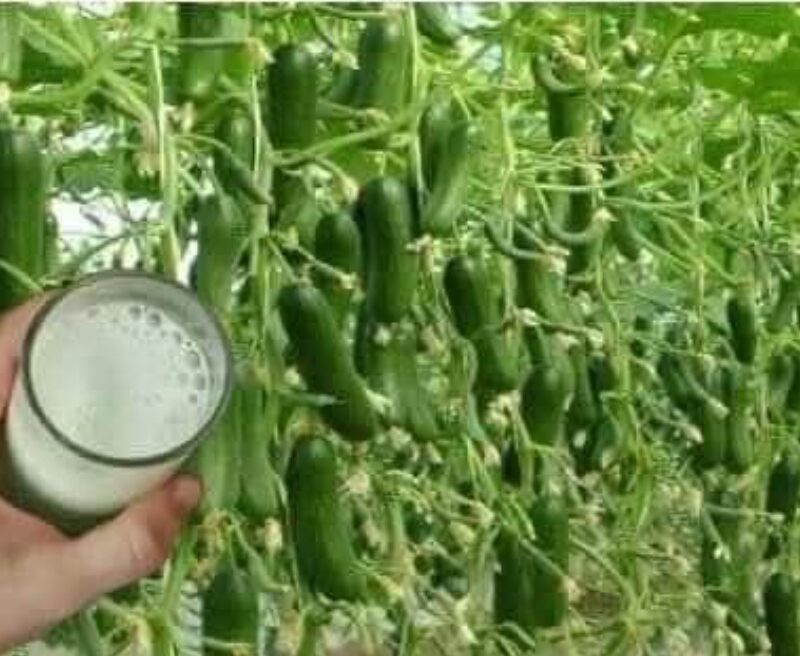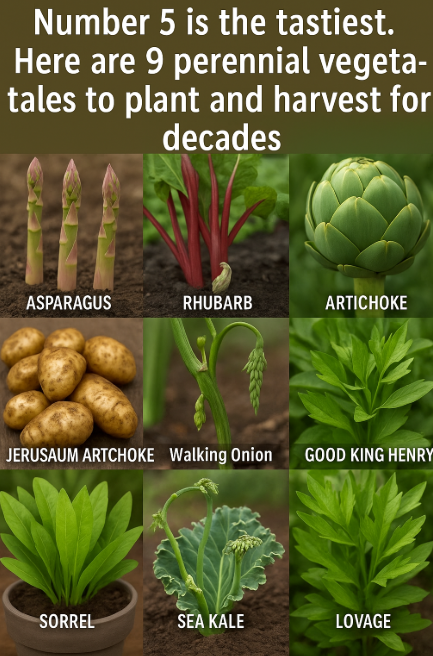The Ultimate Guide to Yeast Fertilizer for Fast Plant Growth
Introduction
For centuries, gardeners have searched for natural ways to boost plant growth, improve soil health, and increase crop yields. One of the most effective and natural fertilizers you can use is yeast water fertilizer. This organic, nutrient-rich solution helps garlic, tomatoes, cucumbers, and other plants grow rapidly by stimulating beneficial microbes in the soil.
Yeast-based fertilizers enhance root development, improve nutrient absorption, and accelerate plant growth. With just a few simple ingredients, you can create a powerful, chemical-free fertilizer right at home!
—
Why Yeast is an Effective Fertilizer
1. Encourages Root Growth
Yeast contains natural growth stimulants like B vitamins, proteins, and enzymes, which help plants develop strong roots. This leads to healthier, more resilient plants that can withstand pests, diseases, and environmental stress.
2. Improves Soil Microbial Activity
When yeast is added to the soil, it encourages the growth of beneficial microbes that help break down organic matter. This improves nutrient availability, making it easier for plants to absorb essential minerals.
3. Speeds Up Growth & Enhances Yield
Studies show that yeast-based fertilizers can significantly increase plant growth rates and improve fruit production. This makes them ideal for fast-growing vegetables like tomatoes, cucumbers, and garlic.
4. Natural & Chemical-Free
Unlike synthetic fertilizers, yeast water is 100% organic and eco-friendly. It doesn’t harm the soil, groundwater, or beneficial insects.
—
How to Make Yeast Fertilizer at Home
Ingredients:
1 tablespoon active dry yeast
1 tablespoon sugar
1 liter warm water
Instructions:
1. Dissolve the Sugar
In a large container, mix 1 liter of warm water with 1 tablespoon of sugar. The sugar feeds the yeast, promoting fermentation.
2. Activate the Yeast
Add 1 tablespoon of active dry yeast and stir well. Let it sit at room temperature for 24-48 hours, stirring occasionally.
3. Fermentation Process
After a day or two, the mixture should bubble and release a slightly sour smell, indicating that fermentation has started.
—
How to Use Yeast Fertilizer in Your Garden
Dilution Ratio
Before applying yeast fertilizer, dilute it with water in a 1:10 ratio (one part yeast water to ten parts water). This prevents over-fertilization and ensures the nutrients are properly absorbed.
Application Method
1. Water at the Base of the Plants
Pour the diluted yeast solution around the root zone of garlic, tomatoes, cucumbers, and other vegetables.
2. Frequency of Use
Apply once every two weeks during the growing season for best results.
3. Foliar Spray Option
For faster absorption, use the diluted yeast fertilizer as a foliar spray, misting the leaves early in the morning.
—
Which Plants Benefit the Most from Yeast Fertilizer?
1. Garlic 🧄
Yeast fertilizer helps strengthen garlic roots, making them more resistant to pests and diseases.
2. Tomatoes 🍅
Boosts fruit production, prevents blossom-end rot, and improves soil health.
3. Cucumbers 🥒
Speeds up vine growth and promotes larger, juicier cucumbers.
4. Peppers 🌶️
Encourages stronger stems and increases fruit yield.
5. Leafy Greens (Lettuce, Spinach, Kale) 🥬
Provides faster leaf development and a higher nutrient content.
—
Additional Tips for Using Yeast Fertilizer
Apply in the morning or late afternoon to avoid rapid evaporation.
Combine with compost tea for an even more nutrient-rich fertilizer.
Avoid overuse—too much yeast can disrupt soil balance.
Store unused yeast fertilizer in a sealed container in the fridge for up to a week.
—
Common Mistakes to Avoid
1. Using Hot Water
Water that is too hot (above 110°F/43°C) can kill the yeast. Always use warm, but not boiling water.
2. Skipping the Fermentation Step
If you don’t allow enough fermentation time, the yeast won’t activate properly, reducing its effectiveness.
3. Applying Too Often
Using yeast fertilizer more than every two weeks can lead to nutrient imbalances in the soil.
—
How Yeast Fertilizer Compares to Other Organic Fertilizers
—
Final Thoughts
Yeast fertilizer is one of the most powerful, natural ways to boost plant growth, strengthen roots, and increase yields. With simple ingredients and an easy fermentation process, you can create a chemical-free, organic fertilizer that helps your garden thrive.
Try using this yeast fertilizer on your garlic, tomatoes, cucumbers, and more, and see the incredible difference in your plant growth! Happy gardening! 🌿🌱






